I thought I'd share a few tips and gear ideas with all of you here. I travel in the backcountry often in the snow and cold up here in Wyoming and I do very much prefer to know where I'm at and where I'm going.


This is one of my favorite new chingaderas. It is a high speed, low drag version of the time tested ranger bead concept. It is large enough to hang around my neck along with my altimeter and compass. The cord locks stay put and are ergonomically correct for use WITH mittens on. I love it.


This is one of my favorite new chingaderas. It is a high speed, low drag version of the time tested ranger bead concept. It is large enough to hang around my neck along with my altimeter and compass. The cord locks stay put and are ergonomically correct for use WITH mittens on. I love it.

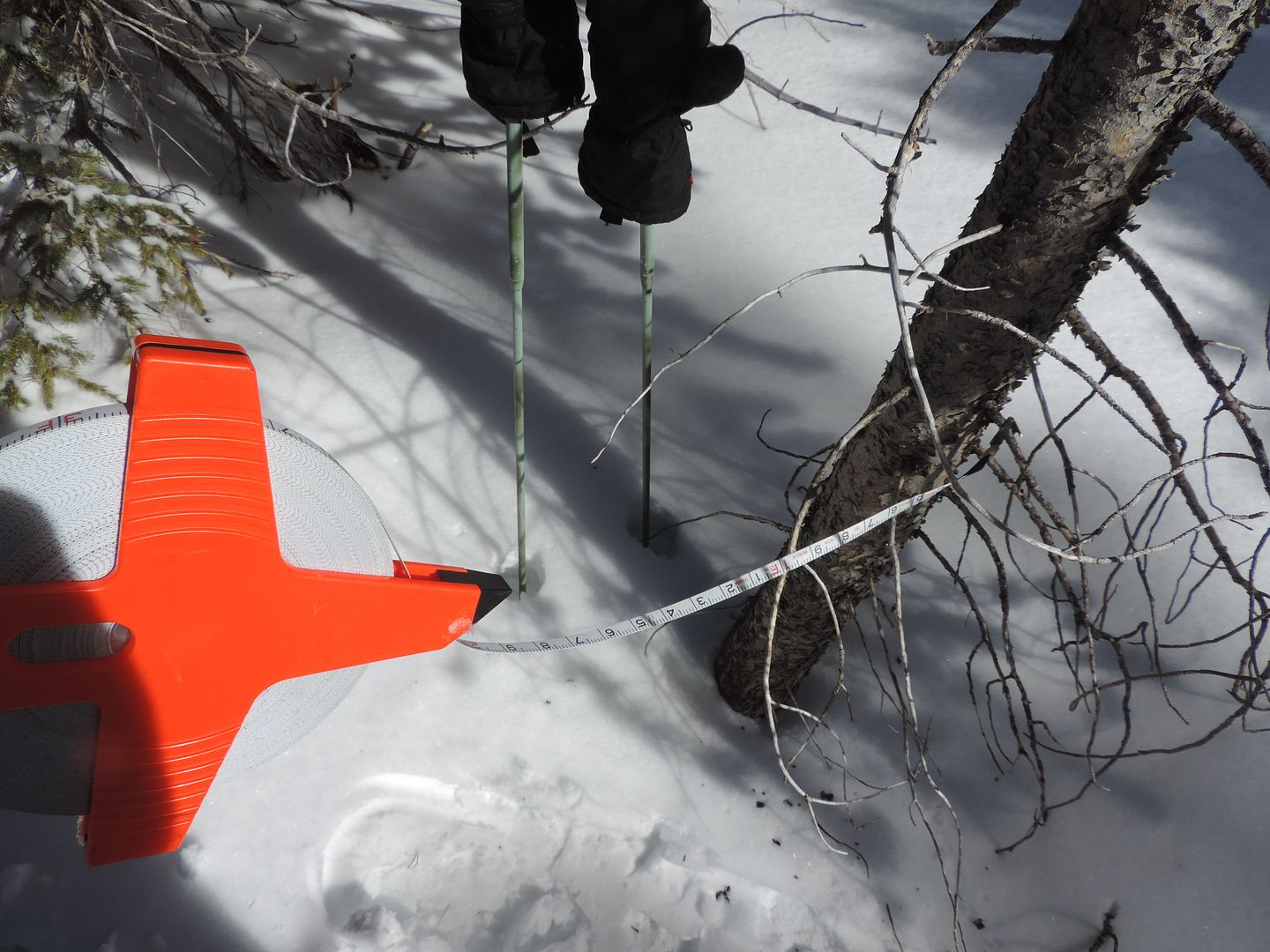
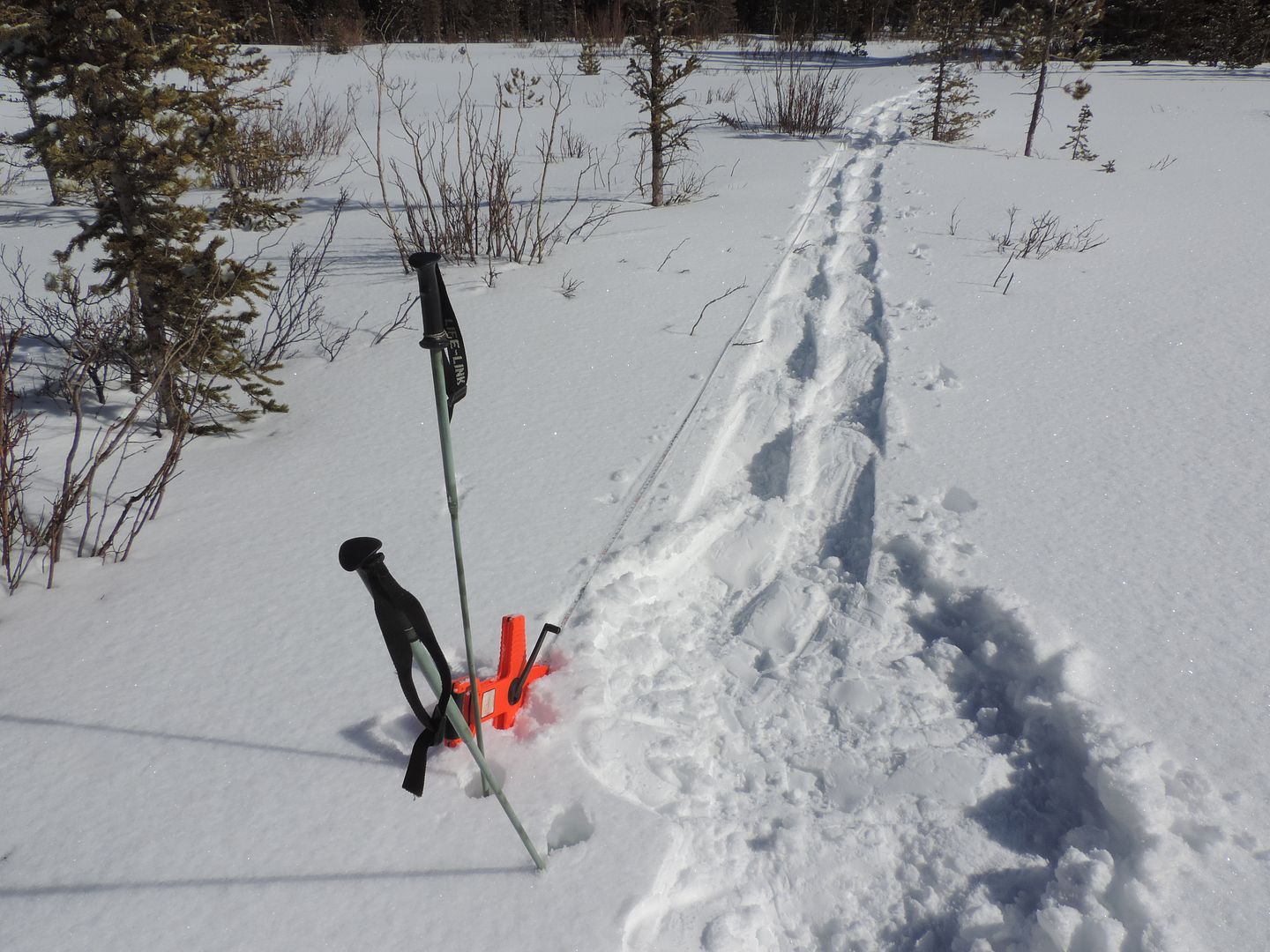
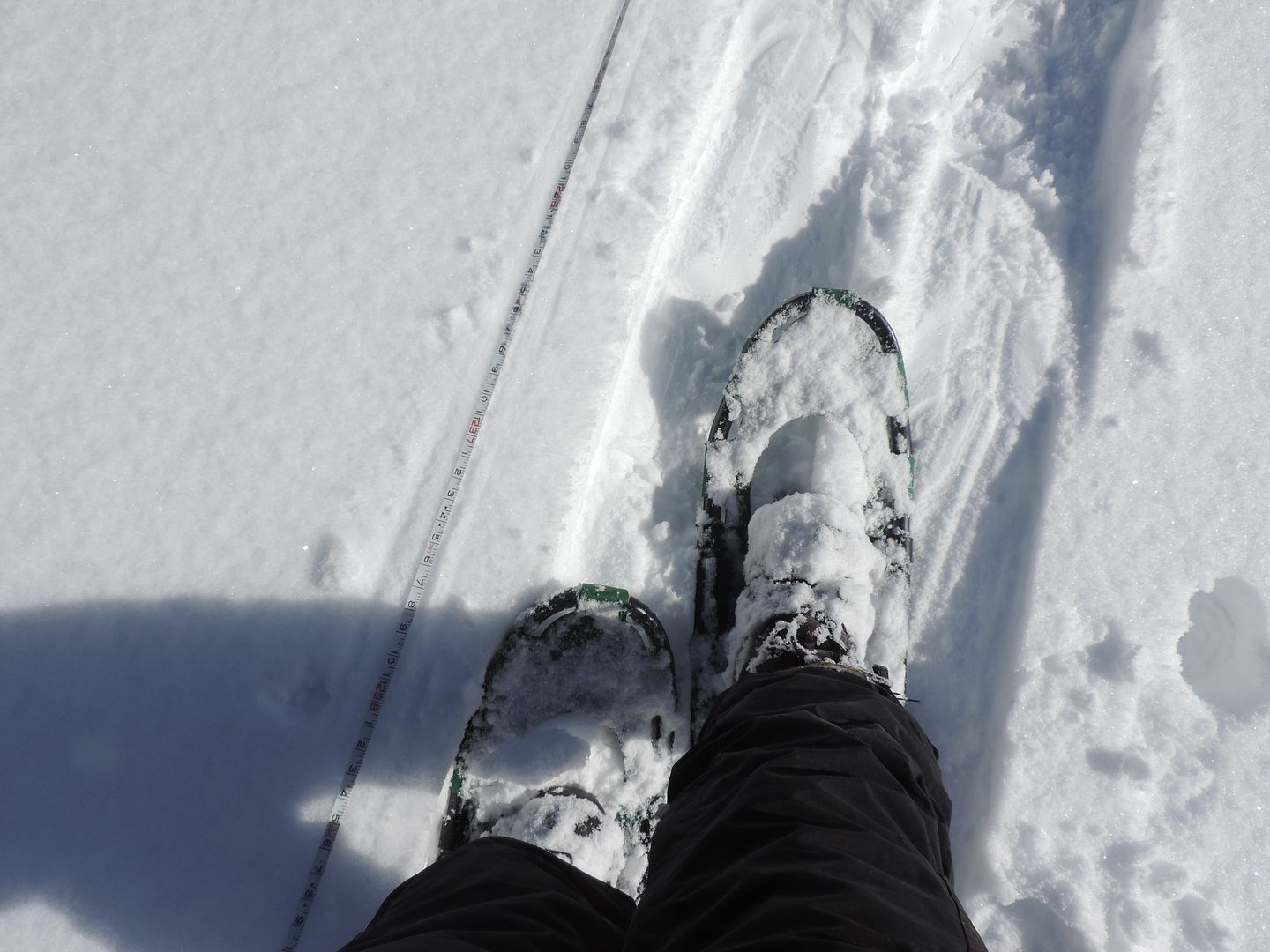
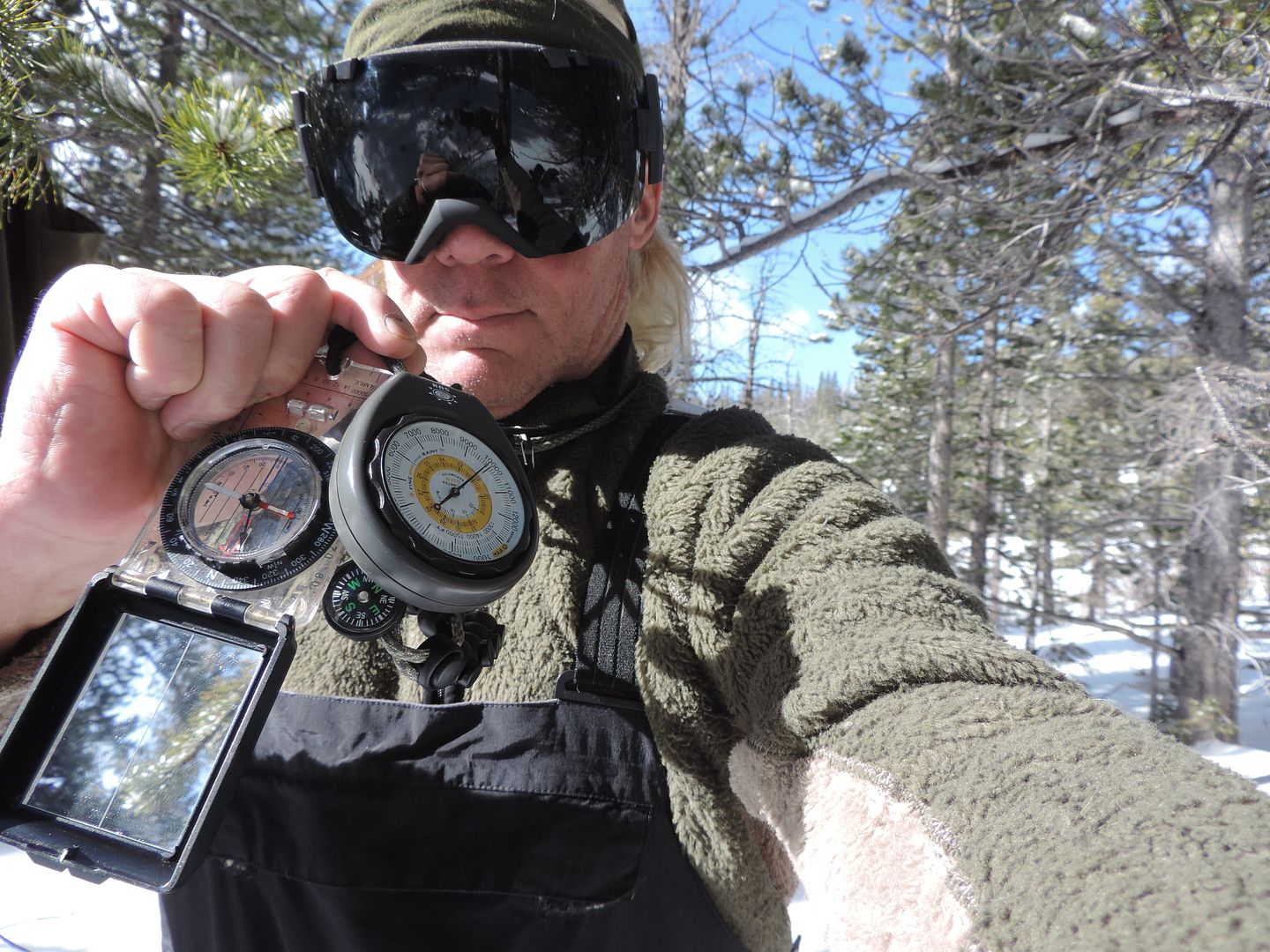

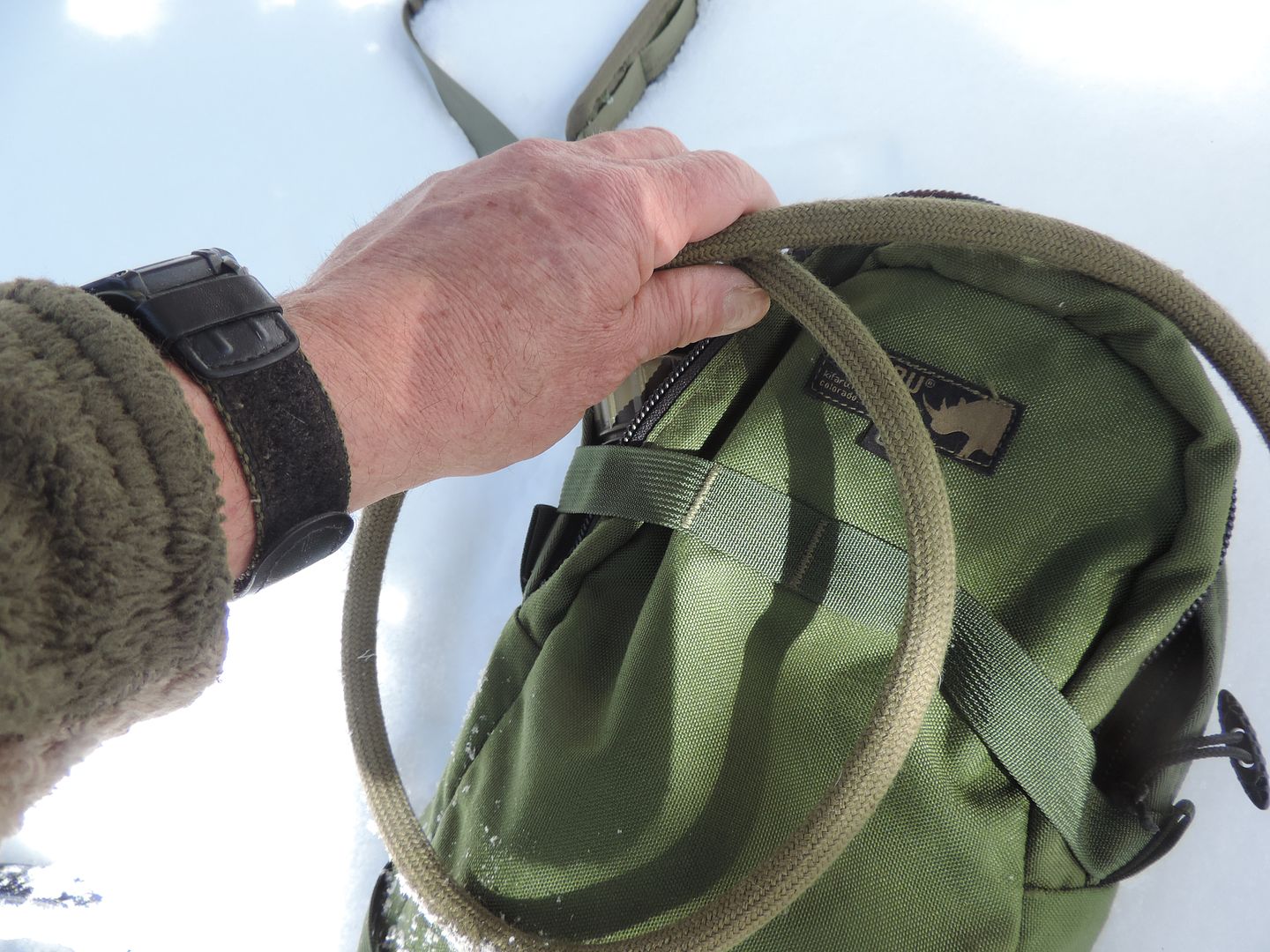
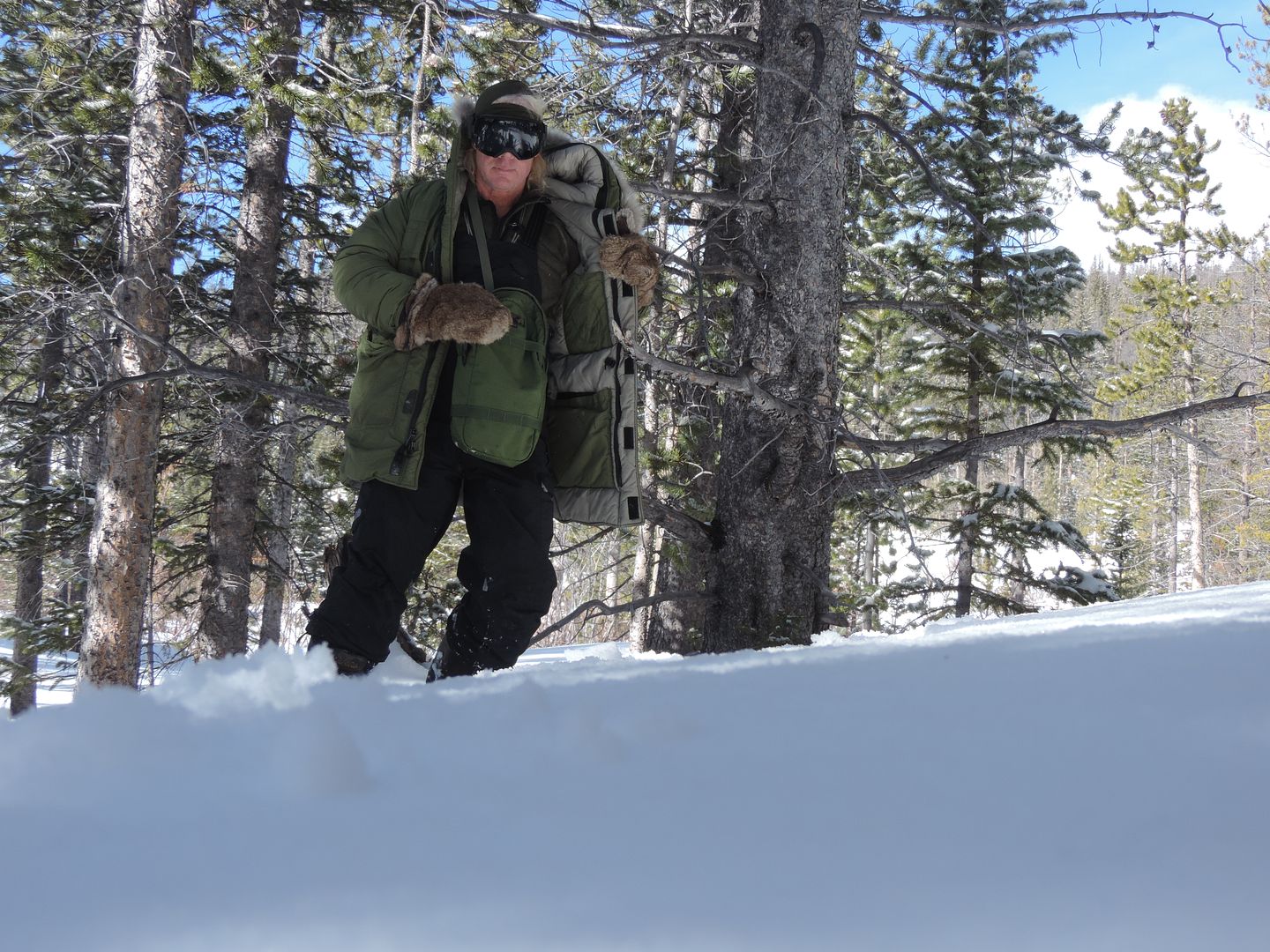
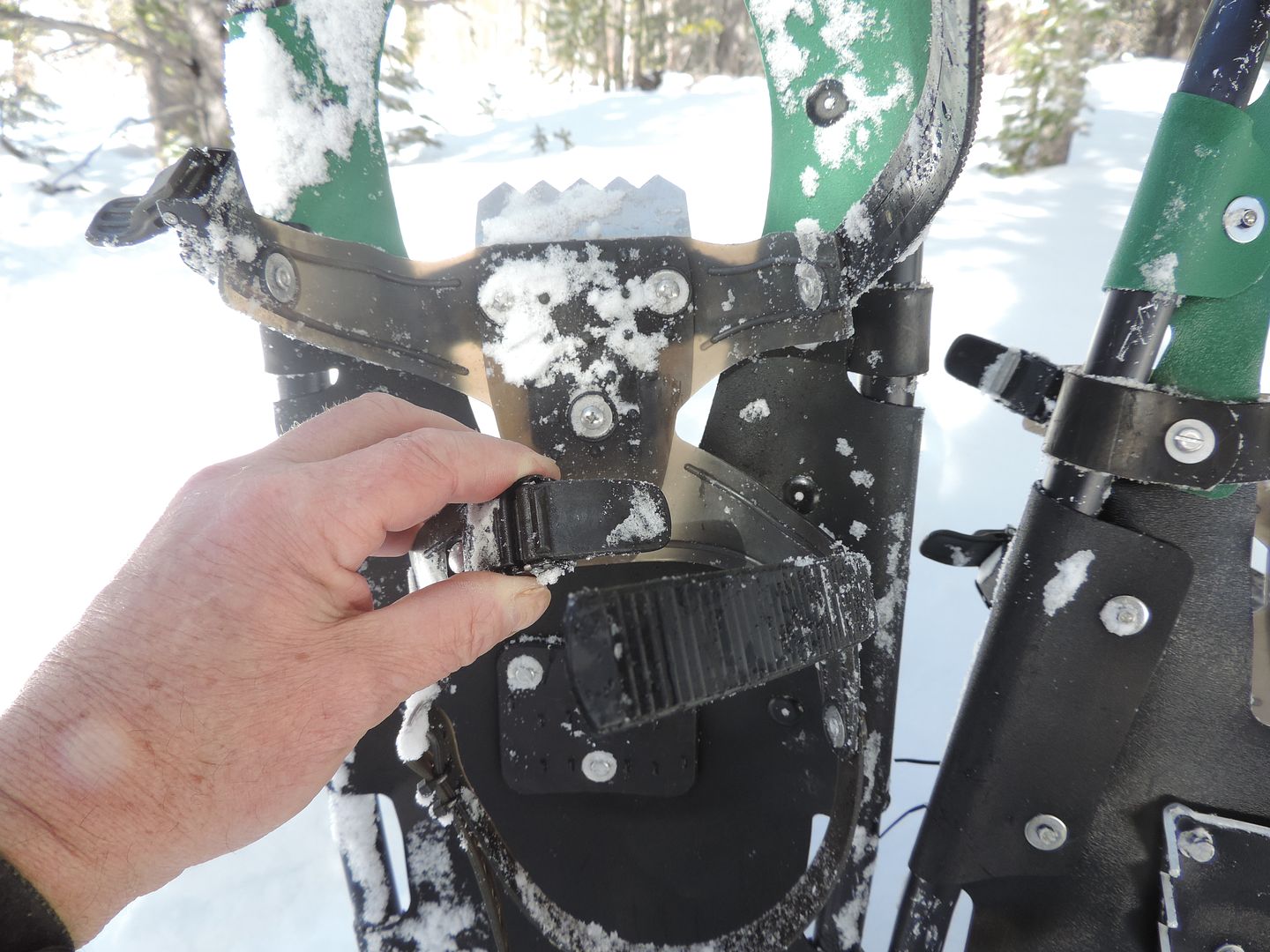
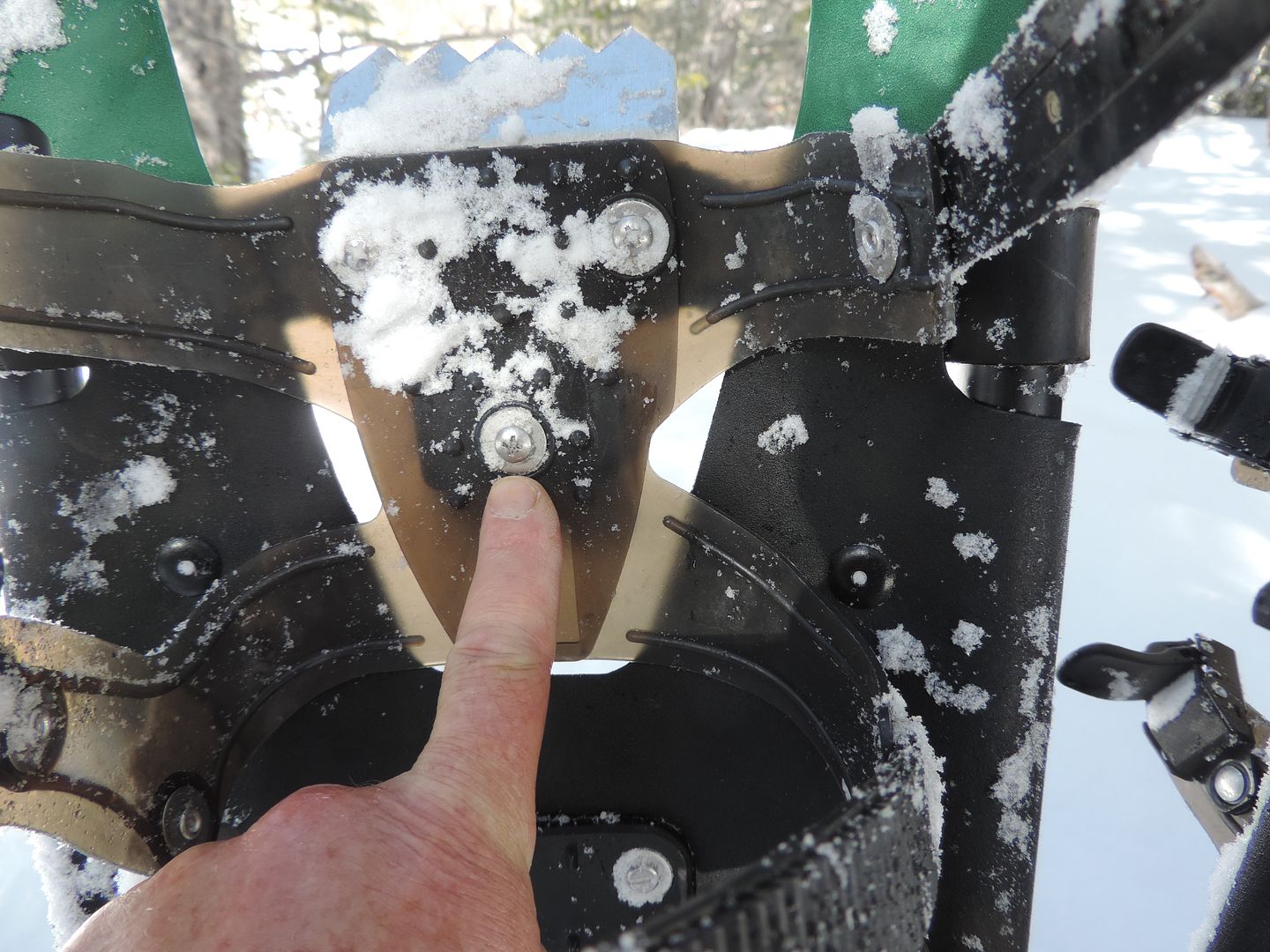
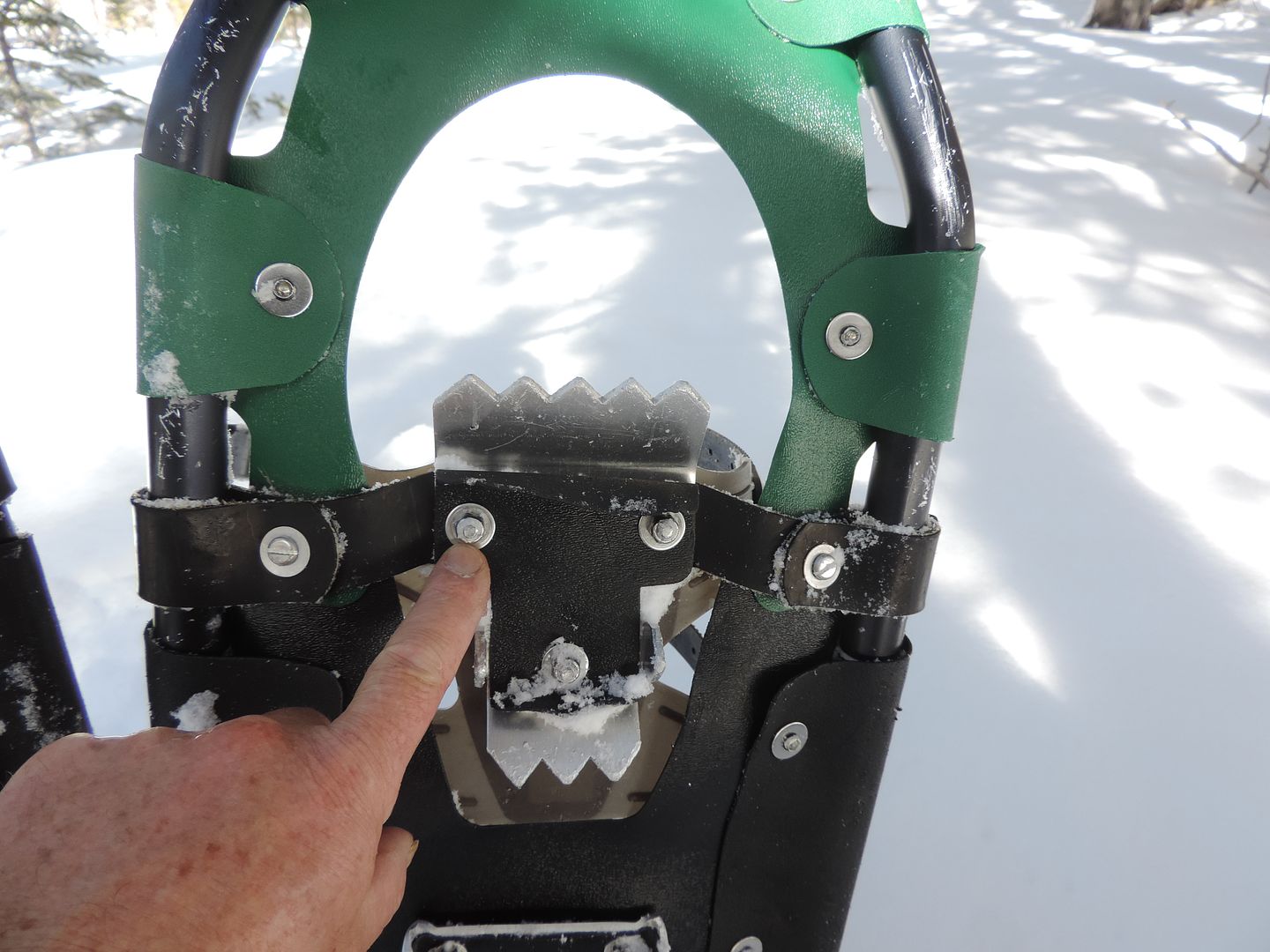
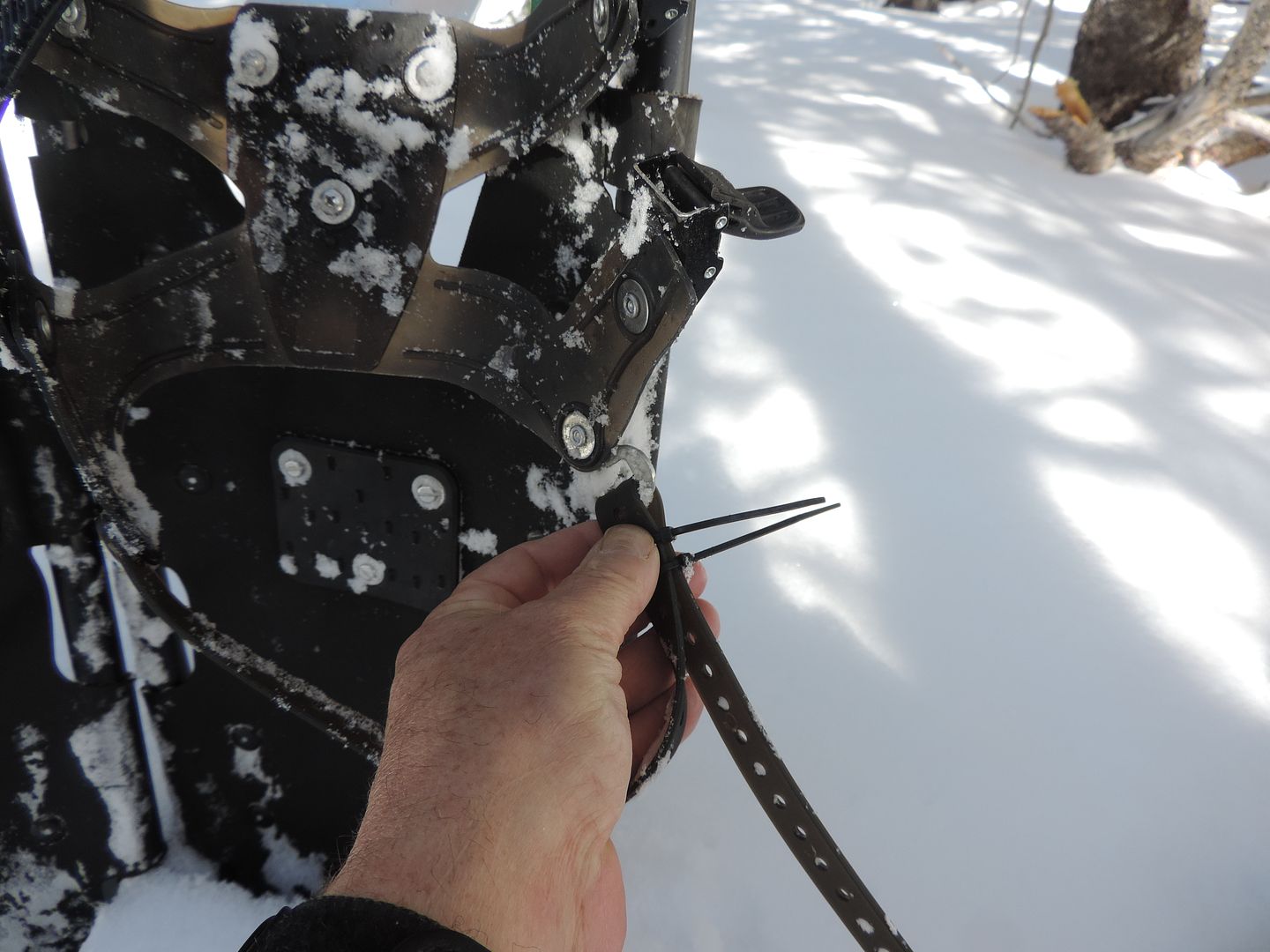
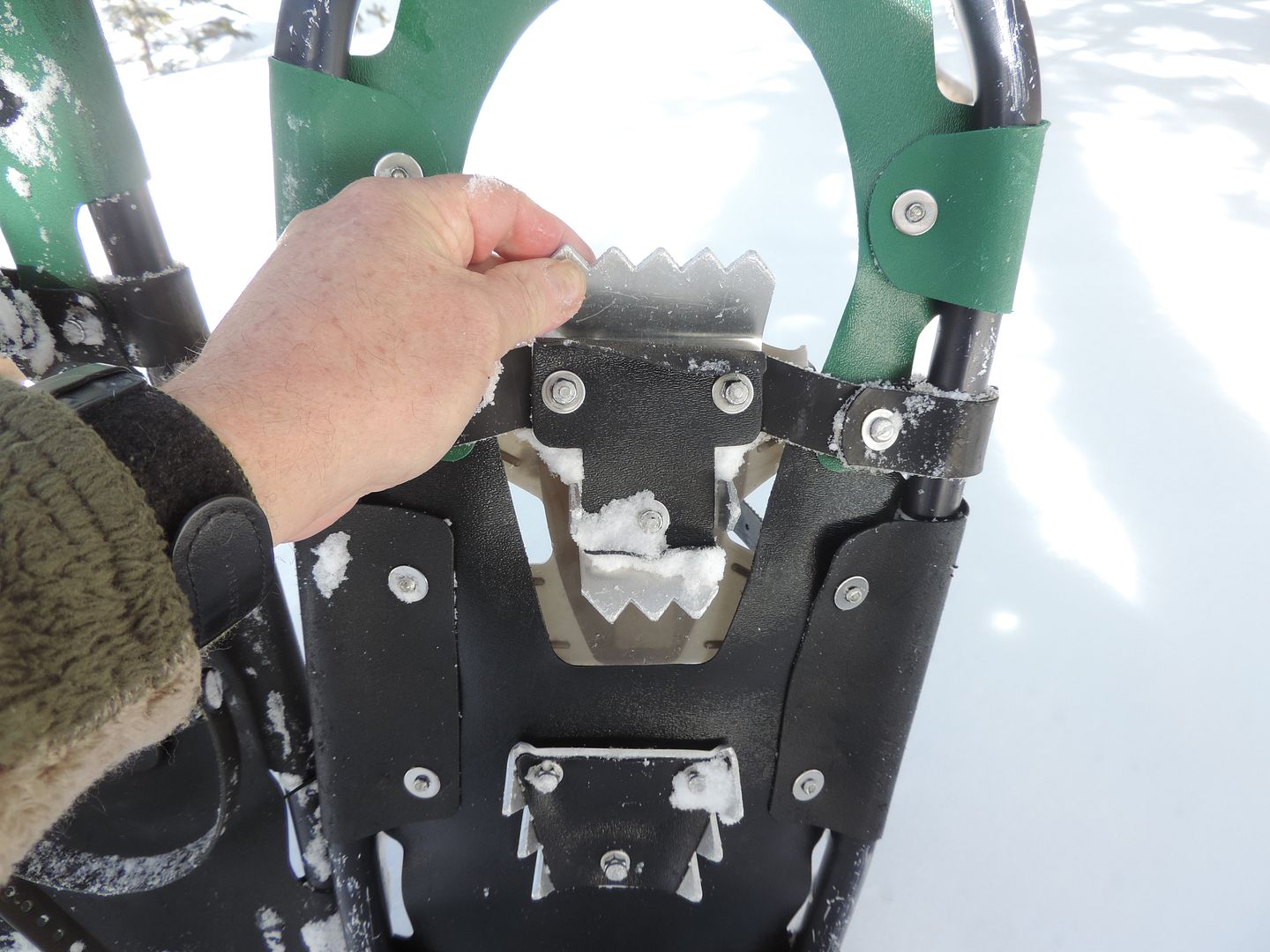
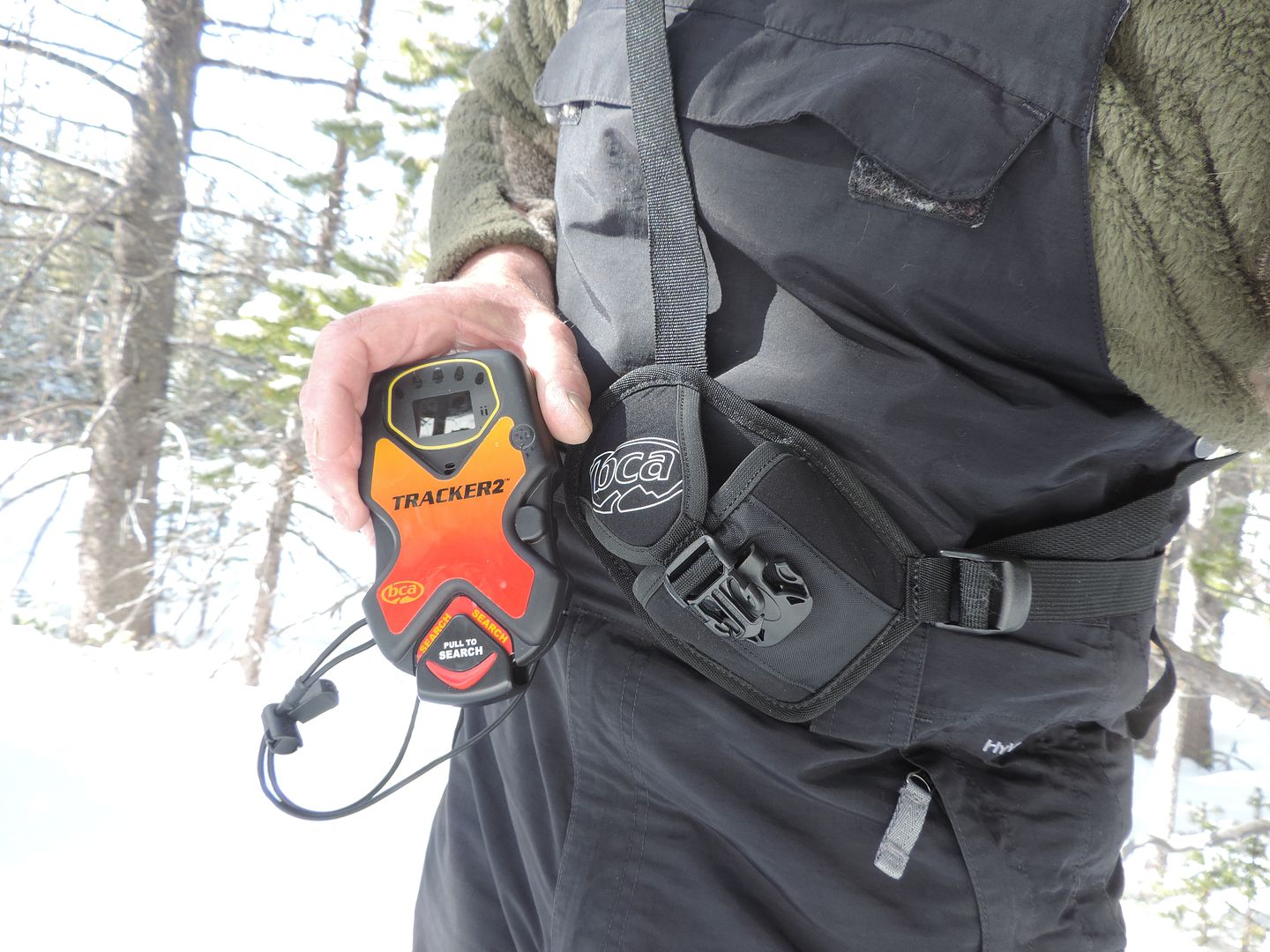
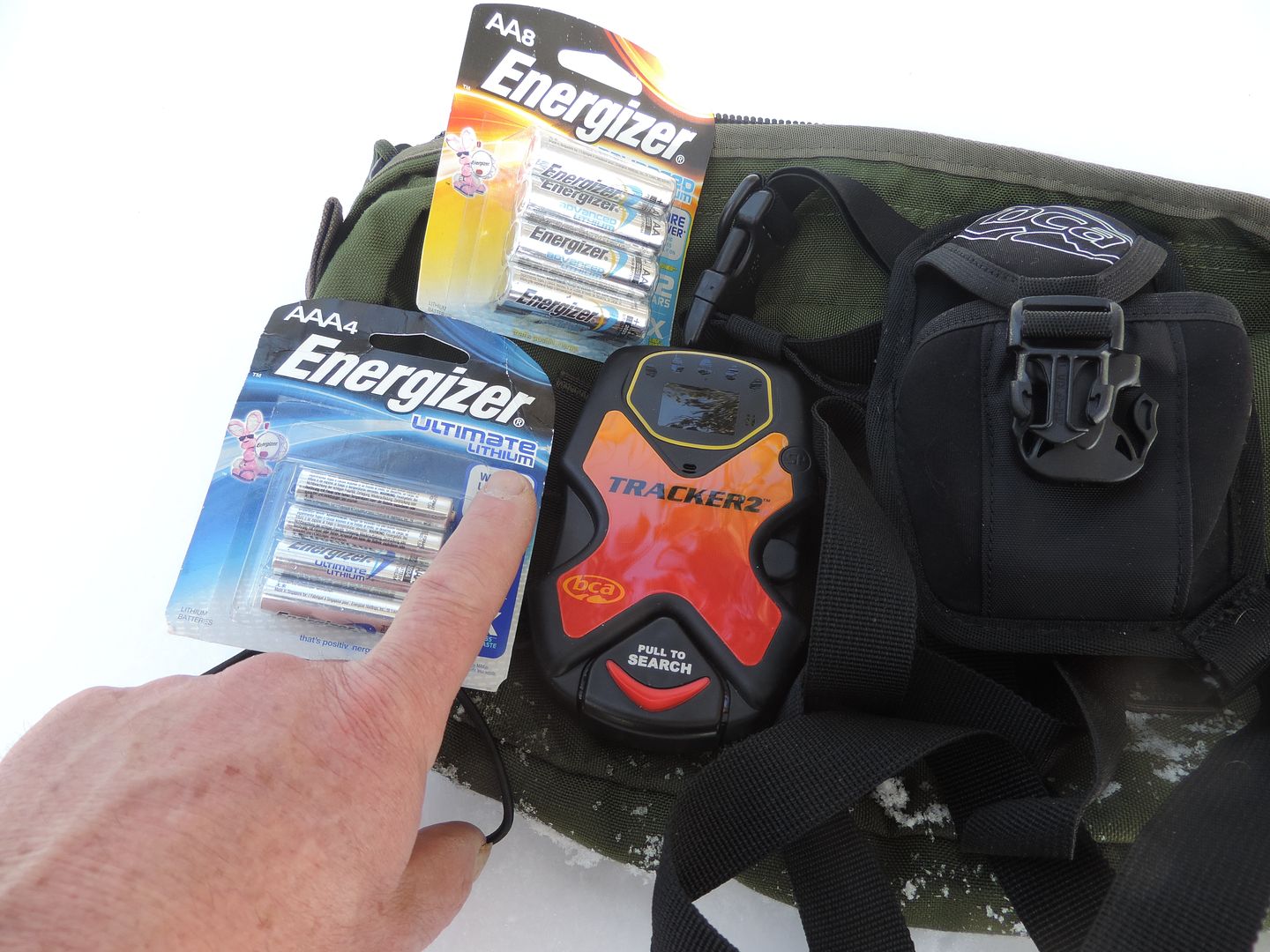
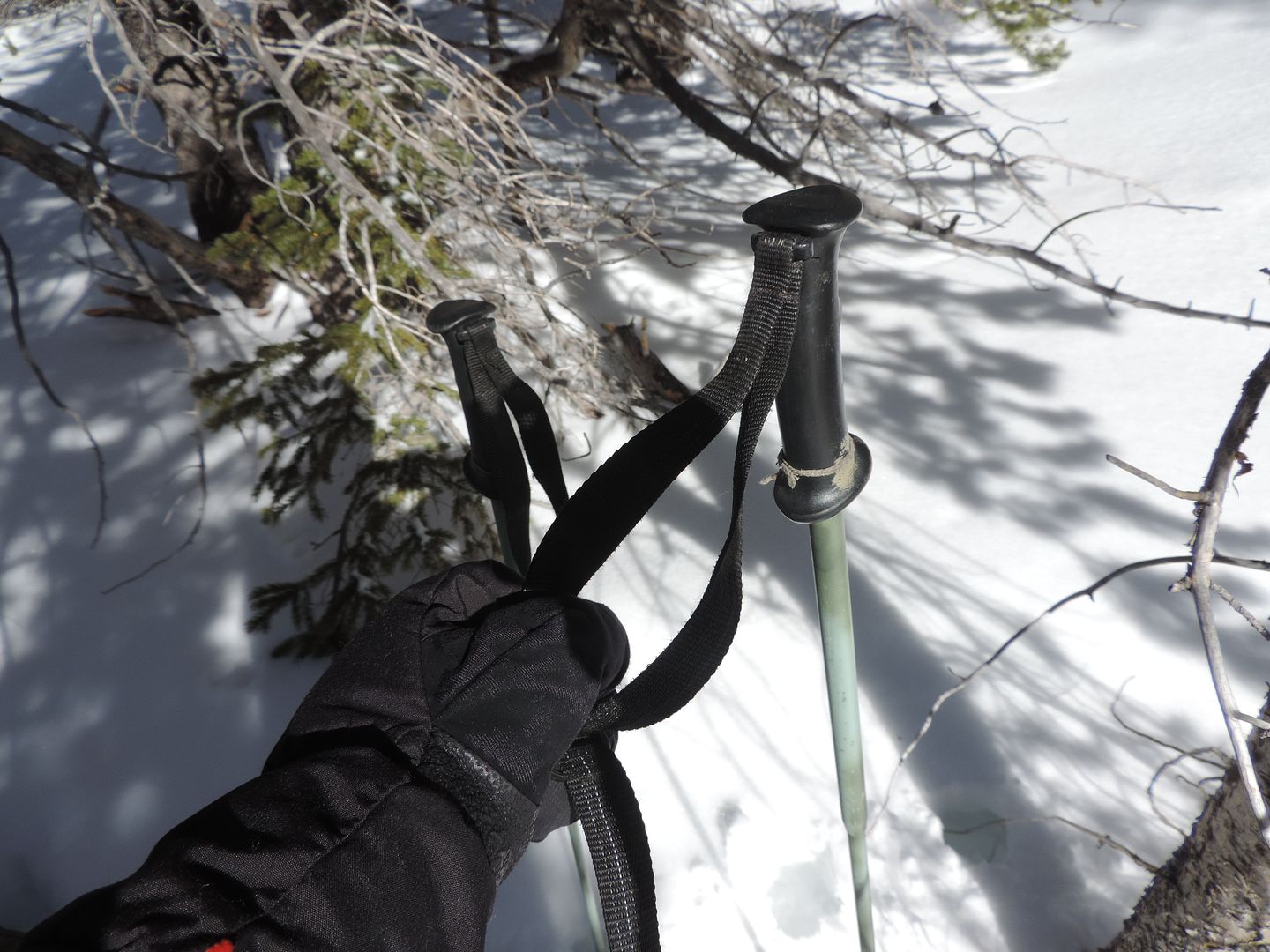
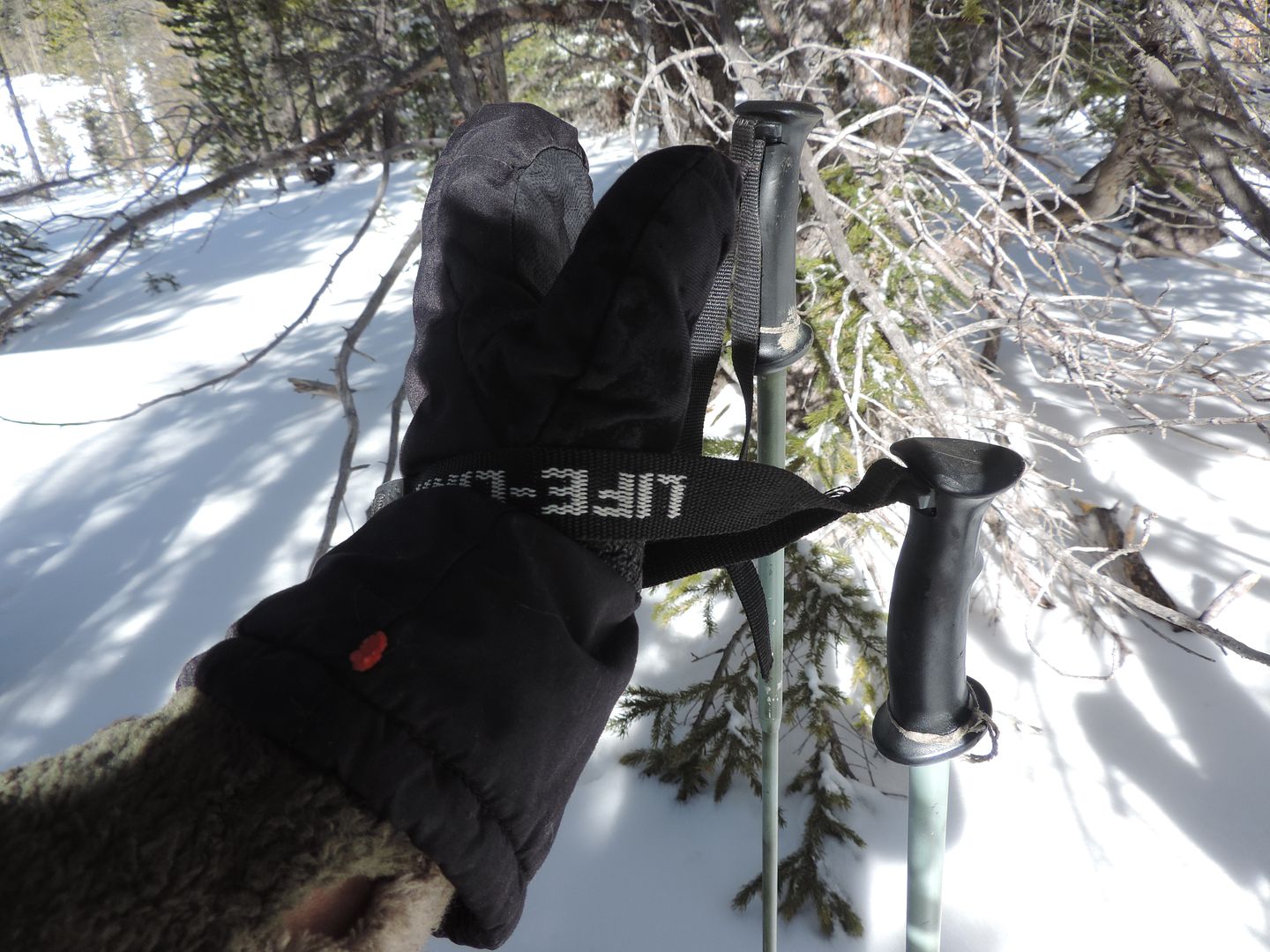
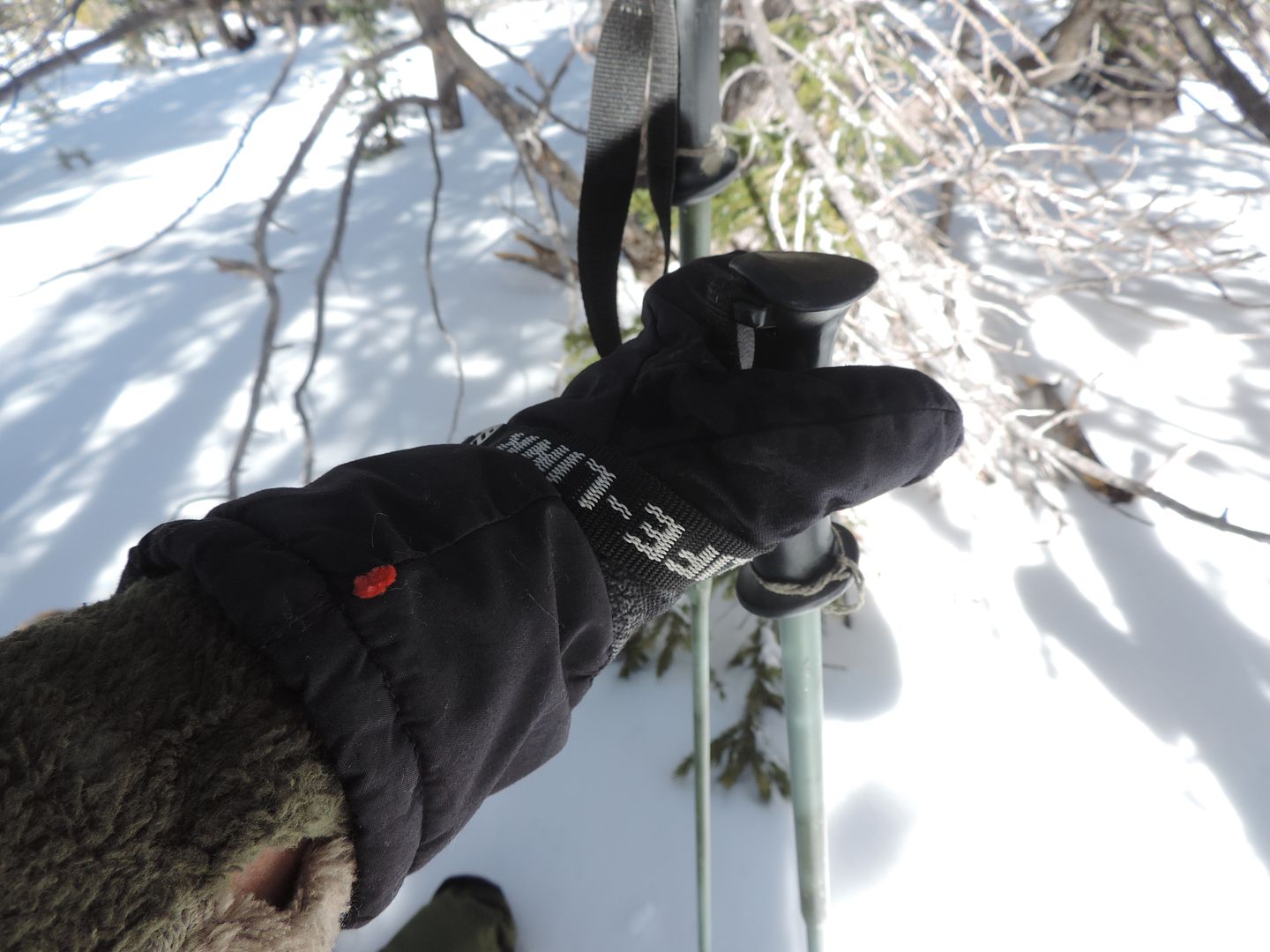

Comment